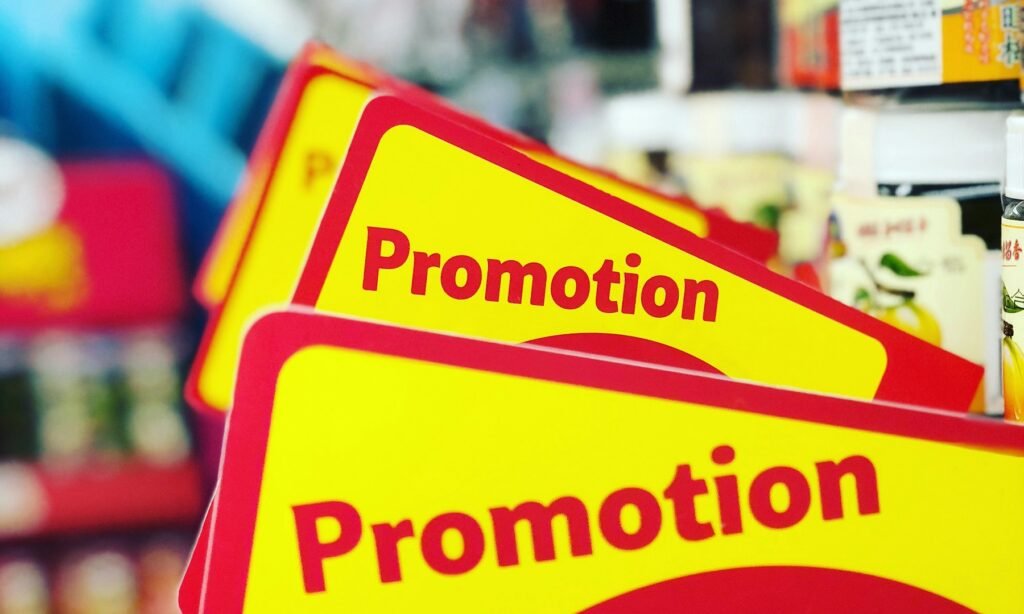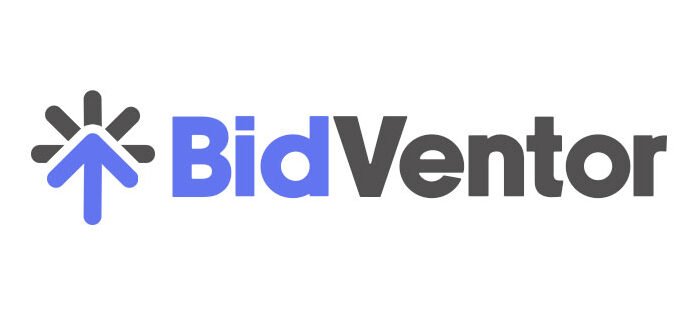
Understanding ACOS and ROI in Amazon PPC
Advertising Cost of Sales (ACOS) is a critical metric used by Amazon sellers to assess the effectiveness of their pay-per-click (PPC) campaigns. Specifically, ACOS measures the relationship between the total expenditure on advertising and the sales generated from those ads. This is calculated using the formula: ACOS = (Total Ad Spend / Total Sales) x 100. A lower ACOS indicates more efficient spending, meaning that the ads are generating more sales relative to the investment made. Therefore, monitoring ACOS is essential for optimizing PPC strategies, as it directly influences the profitability of campaigns.
Return on Investment (ROI) is another vital metric, representing the amount of profit earned as a result of an investment relative to its cost. For Amazon sellers, a favorable ROI indicates that the PPC campaigns are successful in generating profit that exceeds the advertising costs. Understanding the relationship between ACOS and ROI is crucial for Amazon sellers; a higher ACOS can often lead to a lower ROI, as the cost to drive sales may overshadow the generated income. Consequently, reducing ACOS should be a priority to enhance ROI, thereby maximizing profitability.
To measure ACOS and ROI effectively, Amazon sellers can utilize various tools and analytics platforms that track advertising performance. Regularly reviewing campaign data allows sellers to identify trends, adjust bidding strategies, and optimize keyword selection to improve these metrics. By refining PPC campaigns based on ACOS and ROI analytics, sellers can make informed decisions to decrease ad spend while increasing sales, ultimately driving profitability. Hence, reducing ACOS not only bolsters ROI but is a foundational step in crafting successful Amazon PPC strategies.
The Role of AI in PPC Strategy Optimization
Artificial Intelligence (AI) is revolutionizing the landscape of Pay-Per-Click (PPC) advertising, particularly for Amazon sellers aiming to reduce Advertising Cost of Sales (ACOS) and maximize their return on investment (ROI). The integration of AI technology into PPC strategies provides a multitude of advantages, primarily through its ability to analyze real-time data and make informed bid adjustments. This enhances the overall efficiency of advertising campaigns, allowing sellers to allocate their budgets more effectively.
One of the notable benefits of AI-driven bid adjustments is its capability to process vast amounts of data quickly and accurately. By leveraging machine learning algorithms, advertisers can optimize their bids based on various factors such as competition, demand fluctuations, and audience behavior. This data-driven approach ensures that each PPC campaign is continuously refined, improving overall performance metrics. For instance, AI tools can analyze keyword performance and historical trends, enabling sellers to identify high-performing keywords and optimize them for maximum visibility.
Several AI-powered tools and platforms have emerged to assist Amazon sellers in managing their advertising campaigns. Tools like Amazon’s own advertising console leverage AI to provide insights into campaign performance, suggesting necessary adjustments to enhance profitability. Additionally, third-party software solutions, such as Sellics and PPC Entourage, offer features such as automated bidding strategies and in-depth analytics. These platforms simplify the management of PPC accounts while ensuring that decisions are backed by reliable data.
Incorporating AI into PPC management not only streamlines processes but also fosters better decision-making. By utilizing AI tools, advertisers can focus on strategy rather than spending excessive time on manual optimizations. This leads to improved performance, reduced ACOS, and enhanced ROI, ultimately positioning sellers for greater success in the competitive Amazon marketplace.
Key Strategies for Implementing AI-Powered PPC Tactics
Implementing AI-powered strategies can significantly enhance the effectiveness of Pay-Per-Click (PPC) advertising campaigns, particularly in reducing Advertising Cost of Sales (ACOS) and maximizing Return on Investment (ROI). One of the most impactful tactics is real-time bid adjustments. By analyzing user behavior and market trends in real-time, AI systems can dynamically adjust bids to optimize the ad placement based on the likelihood of conversions. This not only ensures that ad spend is allocated efficiently but also minimizes wasted impressions.
Another essential strategy is automated keyword optimization. AI tools can evaluate the performance of various keywords and automatically adjust them based on metrics such as click-through rates and conversion rates. By consistently fine-tuning keyword selection, businesses can enhance their visibility while ensuring they continually bid on the most profitable search terms. Furthermore, smart bidding strategies leverage machine learning algorithms to optimize bids on every auction. This takes into account multiple factors including user behavior, device, location, and time of day to identify the best opportunities for conversions.
Incorporating negative keyword automation is vital to maintaining campaign efficiency. This process allows advertisers to exclude terms that are not driving conversions, thus minimizing irrelevant clicks that contribute to unnecessary costs. Additionally, AI-driven ad targeting helps create highly personalized campaigns tailored to specific audience segments. By utilizing advanced data analytics, this approach ensures that ads are shown to the most relevant consumers, resulting in higher engagement and improved ROI.
In conclusion, the integration of AI-powered PPC tactics such as real-time bid adjustments, automated keyword optimizations, and intelligent ad targeting can vastly improve ad efficiency. By strategically employing these methods, businesses can expect to reduce ACOS and enhance overall profitability in their advertising efforts.
Measuring Success: Metrics and Tools for PPC Campaign Analysis
In the realm of pay-per-click (PPC) advertising, measuring success goes beyond simply assessing your Advertising Cost of Sales (ACOS) and Return on Investment (ROI). A comprehensive understanding of these campaigns demands a closer examination of various metrics that can provide deeper insights into their efficiency. Key performance indicators (KPIs) such as click-through rate (CTR), conversion rate, and cost-per-click (CPC) play a pivotal role in evaluating how well your ads are performing and identifying areas where adjustments may be necessary.
The click-through rate is essential for determining the effectiveness of your ad copy and targeting strategy. A higher CTR indicates that your ads resonate well with your target audience, which can lead to increased conversions. Additionally, monitoring the conversion rate reveals how effectively your landing page appeals to visitors, informing you whether changes are needed to enhance user experience or relevance. Cost-per-click, on the other hand, reflects the average amount you spend on each click and can guide you in budgeting for your PPC campaigns.
To facilitate the tracking of these metrics, leveraging dedicated tools and software is crucial. Platforms such as Amazon Advertising Console, Helium 10, and Jungle Scout offer robust analytics capabilities, allowing sellers to monitor performance and access reporting features tailored for PPC campaigns. These tools can provide insightful data that steer optimization efforts, ensuring that PPC strategies remain aligned with financial goals.
Ongoing analysis is vital for continuous improvement in PPC campaigns. Regularly revisiting the collected data helps sellers make informed decisions regarding bid adjustments, keyword targeting, and ad placements. By refining these elements based on performance metrics, sellers can enhance the effectiveness of their campaigns, effectively reducing ACOS and maximizing ROI over time.





